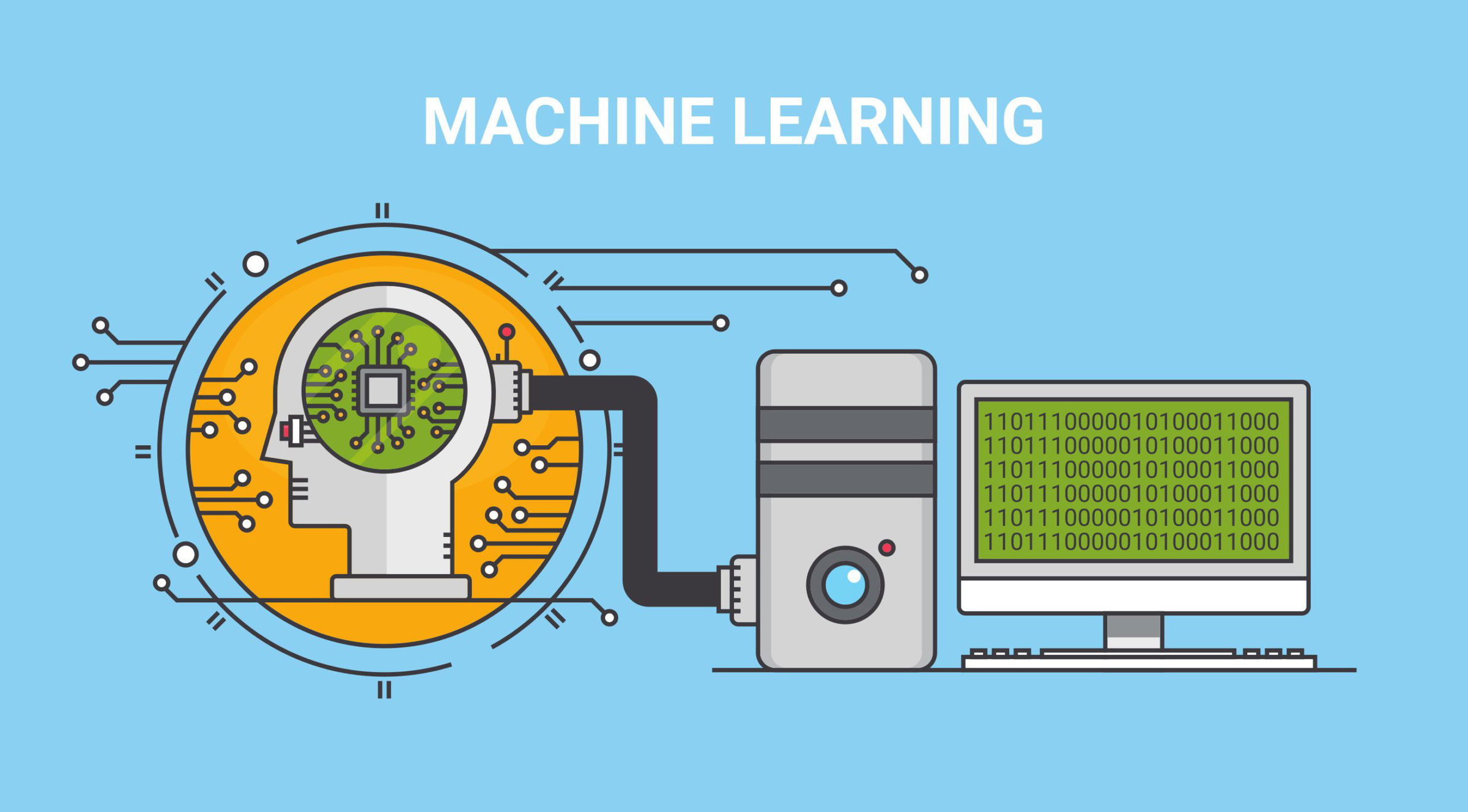Developing a Machine Learning course to make customers’ user experience more human can seem counterintuitive. ML alone will not create the level of service that customers can demand today. The combination of user experience and emotional intelligence combined with the functioning of Machine Learning is what will achieve the goals of a satisfactory customer experience with optimal performance. If you have an aim of pursuing post-graduation in Machine Learning, the Analytics program offered here at Imarticus could be a great learning path.
- Personalised Attention
The ability to offer a unique and micro-personalized customer experience is essential to create competitive added value today. We believed that these capabilities, like those offered by Amazon, were out of the reach of companies, but thanks to advances in the functioning of Machine Learning, Artificial Intelligence, cloud computing, and a wealth of data, it is the ideal time to start offering, adapting and personalizing the experience that customers want. To improve results at each point of contact with the customer, 67% of companies, according to Salesforce, need to be connected in a special way with their customers.
- Anticipation of Customer Demands
For a post-graduation in Machine Learning, it is necessary to redesign the business processes through technological applications. In this way, we can better evolve the customer experience. Keeping up with customers with an increasingly technological profile, whose preferences are constantly changing, requires that companies also adapt continuously. But we not only have to stay in this continuous improvement if we do not anticipate the expectations of customers to be able to surprise them and generate memorable moments.
- High Performance and Precision
For AI to develop, large amounts of data are needed to feed Machine Learning algorithms, to be able to identify patterns and thus learn from which it arises and obtain behaviours. The visualization of this data will offer high performance, having identified billions of minutes of recorded conversations with customers, therefore, as there is a large amount of dialogue in those recordings where customers have expressed their intentions and needs, and provide all kinds of comments about products and services. The real value of this is largely in transforming this unstructured data and converting it to digital form.
- Real-Time Interactions
This will allow a more spontaneous interaction, which is constantly adapting and evolving depending on what happens with the client, in real-time. Although there are scripts and procedures, what will allow us is to innovate, adapting to the client’s needs, by using its thousands of hours of experience to find the most effective way to deal with the client at that moment, regardless of the design of the interaction. With ML, we have the opportunity to develop a digital coach based on the best interpretations that help tailor individual customer conversations in real-time.
- Analyse Process Changes
Relying on reliable collaborators who can help build value. Managing it alone is a waste of time in a competitive environment. The collaborator who helps you establish the customer experience, it is necessary that they have experience in analysis and measurement. It should help provide insight into process changes and where you will be best in order to apply robotic automation rather than where a more personalized touch is needed.
Conclusion
The ultimate goal of every Machine Learning course is to offer extraordinary personalized experiences that will make customers feel satisfied. Technology alone does not make sense, we must establish collaborations between humans and technologies. The art of conversation will be at the heart of the customer experience and trust is what will unite consumers with their favourite brands.

